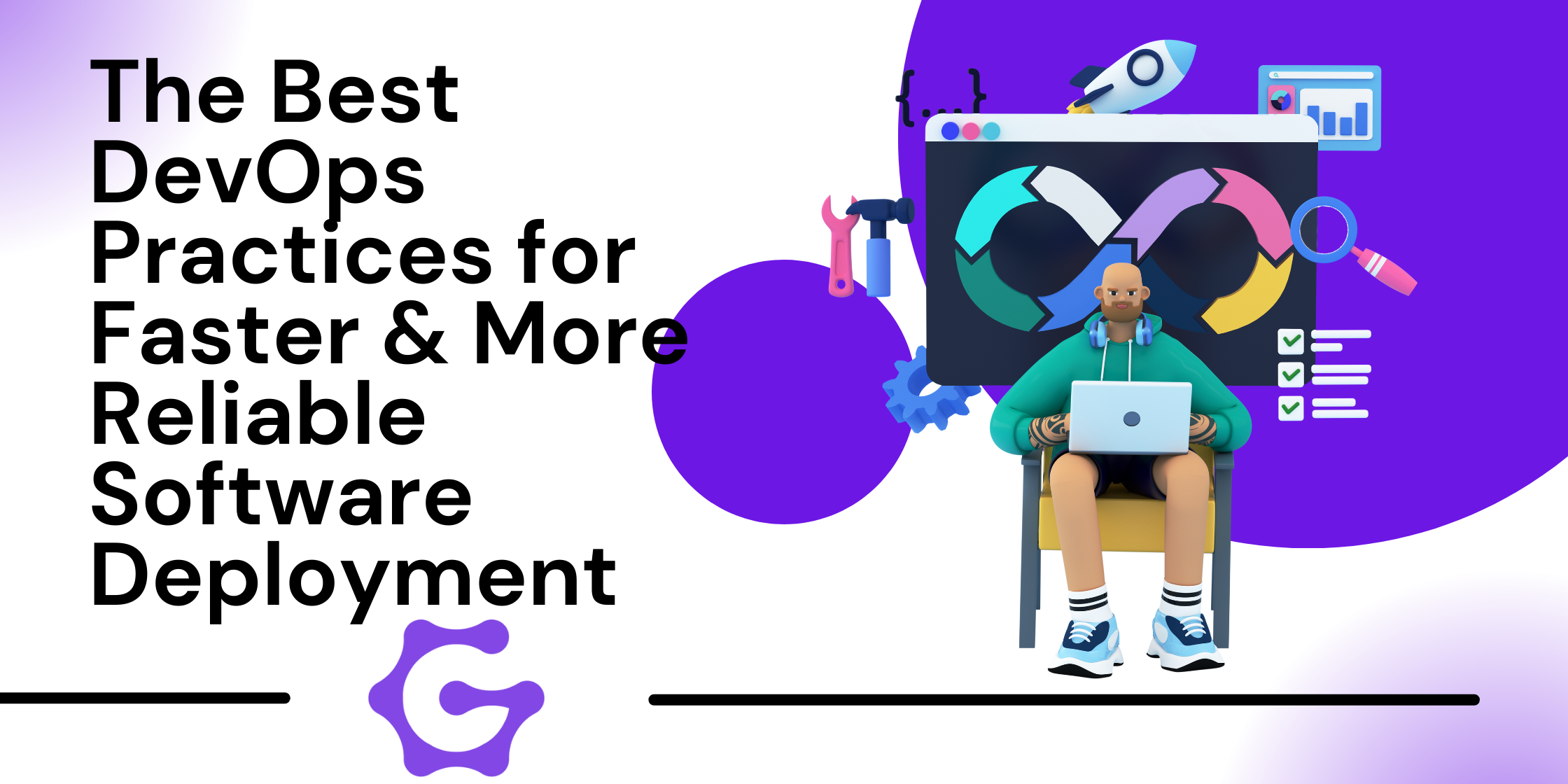The Best DevOps Practices for Faster & More Reliable Software Deployment

Businesses can’t afford sluggish deployment processes or unreliable releases. DevOps bridges the gap between development and operations, ensuring software is delivered quickly, efficiently, and with minimal errors. But simply implementing DevOps isn’t enough. To truly reap its benefits, organizations must adopt best practices that optimize performance, enhance collaboration, and maximize automation.
Continuous Integration and Continuous Deployment (CI/CD)
CI/CD is the backbone of efficient DevOps pipelines. Continuous Integration ensures that developers frequently merge their code into a shared repository, allowing automated builds and testing to detect issues early. With Continuous Deployment, validated code is automatically pushed to production, reducing manual intervention and human error. This results in rapid iteration cycles, improving both speed and quality. According to a DORA report, elite DevOps teams deploy multiple times per day with failure rates under 15%, demonstrating the power of a well-implemented CI/CD pipeline.
Automating Software Deployment
Automation eliminates bottlenecks, ensuring consistent deployment across different environments. Infrastructure as Code (IaC) tools like Terraform and Ansible allow teams to provision, configure, and manage infrastructure programmatically. By defining infrastructure in code, teams reduce configuration drift and ensure environments are reproducible. Automated testing further enhances reliability by running unit, integration, and end-to-end tests before deployment.
Leading companies leveraging automation have seen drastic improvements in deployment efficiency. Netflix, for example, has built an internal system that automates almost every aspect of deployment, allowing engineers to focus on innovation rather than manual processes. By prioritizing automation, organizations can shift from sporadic deployments to a seamless, continuous delivery model.
Monitoring and Observability
Even the most refined deployment processes can encounter issues post-release. Proactive monitoring and observability help teams detect, diagnose, and resolve incidents before they impact users. Tools like Prometheus, Grafana, and Datadog provide real-time insights into application health, infrastructure performance, and user behavior.
A robust observability strategy doesn’t just track system metrics—it also integrates logging and tracing to provide a full picture of system behavior. This is particularly crucial in microservices architectures, where distributed systems can make issue resolution complex. Google’s Site Reliability Engineering (SRE) principles emphasize the importance of monitoring Service Level Indicators (SLIs) and Service Level Objectives (SLOs) to ensure applications meet performance expectations.
Collaboration Between Development and Operations
DevOps isn’t just about tools—it’s about culture. A successful DevOps practice requires seamless collaboration between developers, operations teams, and security engineers. This means breaking down silos, encouraging knowledge sharing, and fostering a shared responsibility for deployment success.
High-performing DevOps teams embrace a "shift-left" approach, integrating security and operations considerations early in the development process rather than treating them as last-minute concerns. Regular retrospectives and post-mortems help teams refine workflows and address recurring issues, driving continuous improvement.
Takeaways
Adopting DevOps best practices isn’t just a technical decision—it’s a strategic one. By implementing CI/CD pipelines, automating deployment, investing in monitoring, and fostering collaboration, organizations can accelerate software delivery without sacrificing quality. As businesses continue to scale and innovate, these practices will remain fundamental in maintaining agility, reliability, and customer satisfaction.